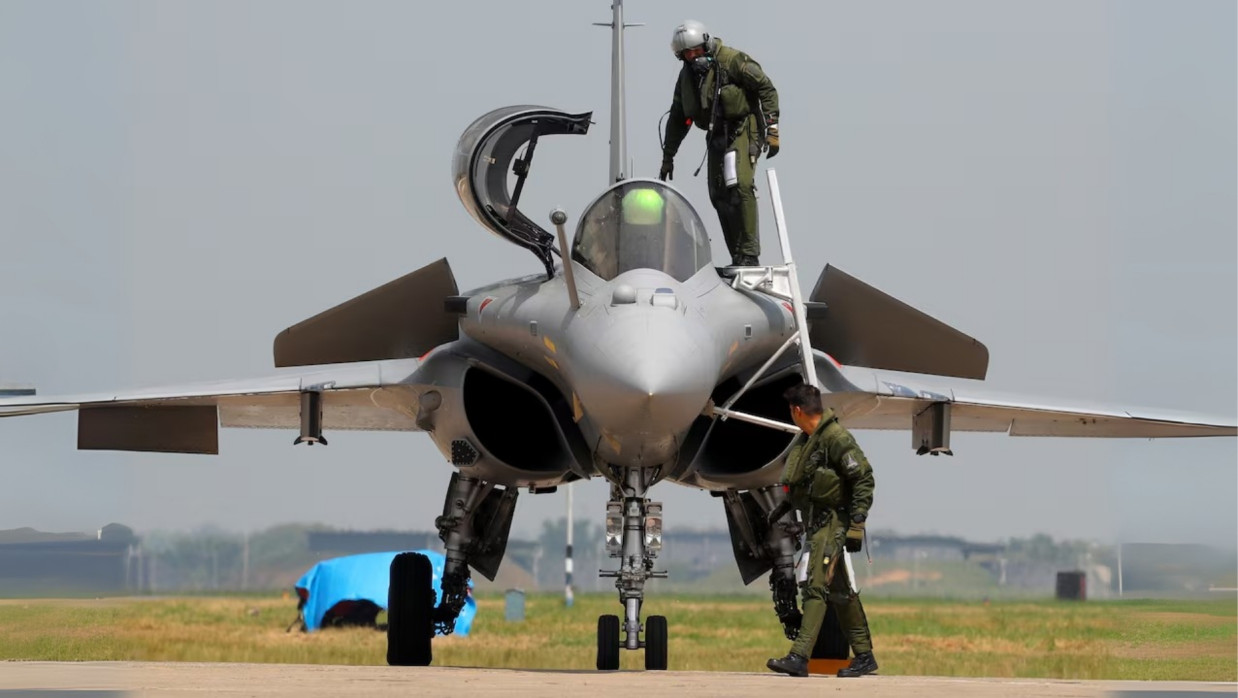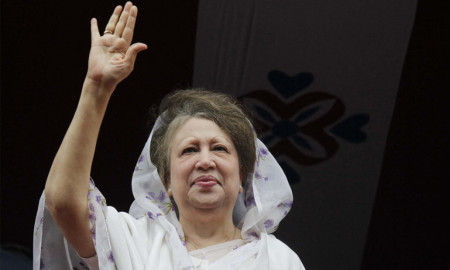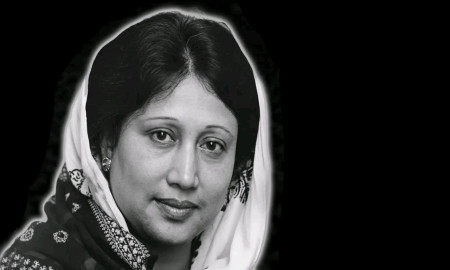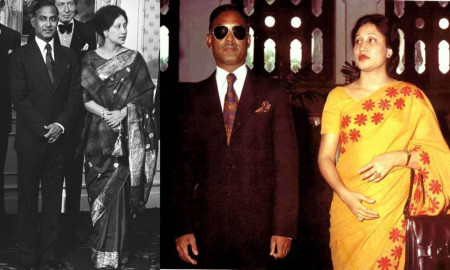How Pakistan Brought Down Indian Rafales

On May 7, 2025, Pakistan’s Air Force, deploying Chinese-made J-10C jets with PL-15 missiles, shot down at least one Indian Rafale fighter, marking the first combat loss for the French aircraft, a key asset in India’s fleet. The hour-long battle, involving around 110 aircraft, was among the largest air engagements in decades, sparked by Indian air strikes on alleged terrorist targets in Pakistan after an attack in Indian-administered Kashmir killed 26 civilians, which New Delhi attributed to Islamabad-backed militants. Pakistan denied any role.
Pakistan Air Chief Marshal Zaheer Sidhu, staying in the operations room for days expecting an Indian move, directed J-10C jets to target Rafales. A senior Pakistan Air Force (PAF) official present said, “He wanted Rafales.” The downing, reported by Reuters in May citing U.S. officials, stemmed from India’s misjudgment of the PL-15 missile’s range, estimated at 150 kilometers for its export version. Pakistani officials reported the missile hit from about 200 kilometers, while Indian officials suggested a longer range, making it one of the farthest air-to-air strikes recorded.
Pakistan’s edge came from a “kill chain” linking air, land, and space sensors, including the Pakistani-developed Data Link 17 system, which connected J-10C jets and PL-15 missiles with a Swedish surveillance plane and a Chinese ZDK-03 airborne early warning platform. This allowed J-10Cs to fly without radar detection, using feeds from the surveillance plane, per two Pakistani officials. Five PAF officials said an electronic warfare effort disrupted Indian sensors, though two Indian officials denied Rafale systems were affected, noting issues with Russian-made Sukhoi jets, now being upgraded.
India deployed about 70 planes, more than Pakistan anticipated, offering ample targets for PL-15s, according to five PAF officials. India has not confirmed its aircraft numbers. The battle, fought within each nation’s airspace, was the first major modern air clash using beyond-visual-range weapons, said retired UK Air Marshal Greg Bagwell of London’s Royal United Services Institute (RUSI). “The winner was the side with the best battlefield awareness,” Bagwell noted. RUSI’s air warfare expert Justin Bronk added, “The Indians weren’t expecting to be targeted, and the PL-15 proved highly effective at long range.”
Pakistan claimed five Indian aircraft losses, including three Rafales, a MiG-29, and a Sukhoi, though India has not verified this. France’s air chief confirmed in June seeing evidence of a Rafale and two other Indian aircraft losses, and a Dassault executive told French lawmakers India lost a Rafale, without specifics. India’s defense and foreign ministries did not respond to Reuters’ inquiries about the intelligence error. Pakistan’s military pointed to a spokesperson’s statement emphasizing readiness over weaponry. China’s defense ministry, Dassault, and Sukhoi manufacturer UAC did not reply.
The Rafale’s loss raised questions about Western military hardware versus Chinese alternatives, impacting Dassault’s stock (AM.PA) and leading Indonesia, with pending Rafale orders, to explore J-10C purchases, boosting China’s aircraft export efforts. India’s diverse fleet—sourced from Russia, France, and others—hinders systems integration compared to Pakistan’s cohesive Chinese-Swedish setup, per two Indian officials.
Post-May 7, India shifted to targeting Pakistani military sites. Indian-made BrahMos supersonic cruise missiles pierced Pakistan’s air defenses multiple times, per officials from both sides. On May 10, India hit at least nine Pakistani air bases and radar sites, striking a surveillance plane in a southern Pakistan hangar, according to Indian and Pakistani officials. A ceasefire followed U.S.-mediated talks that day.
India’s deputy army chief, Lt. Gen. Rahul Singh, claimed Pakistan received “live inputs” from China, suggesting radar and satellite support, without proof. Pakistan denied this. China’s Foreign Ministry spokesperson Mao Ning, in a July briefing, described military cooperation with Pakistan as “normal” and not aimed at others. In July, Chinese Air Chief Lt. Gen. Wang Gang visited Pakistan to review the PAF’s use of Chinese equipment in the “kill chain,” per two PAF officials. Pakistan’s military noted Wang’s interest in their multi-domain operations. China did not respond to related queries.
India’s defense attaché in Jakarta, at a university seminar, said aircraft losses resulted from political orders limiting attacks on Pakistan’s military and air defenses. India’s chief of defense staff, Gen. Anil Chauhan, told Reuters that Delhi adjusted tactics after initial losses. The four-day conflict, ignited by the May 7 battle, raised concerns in Washington due to the nuclear-armed neighbors’ tensions.












